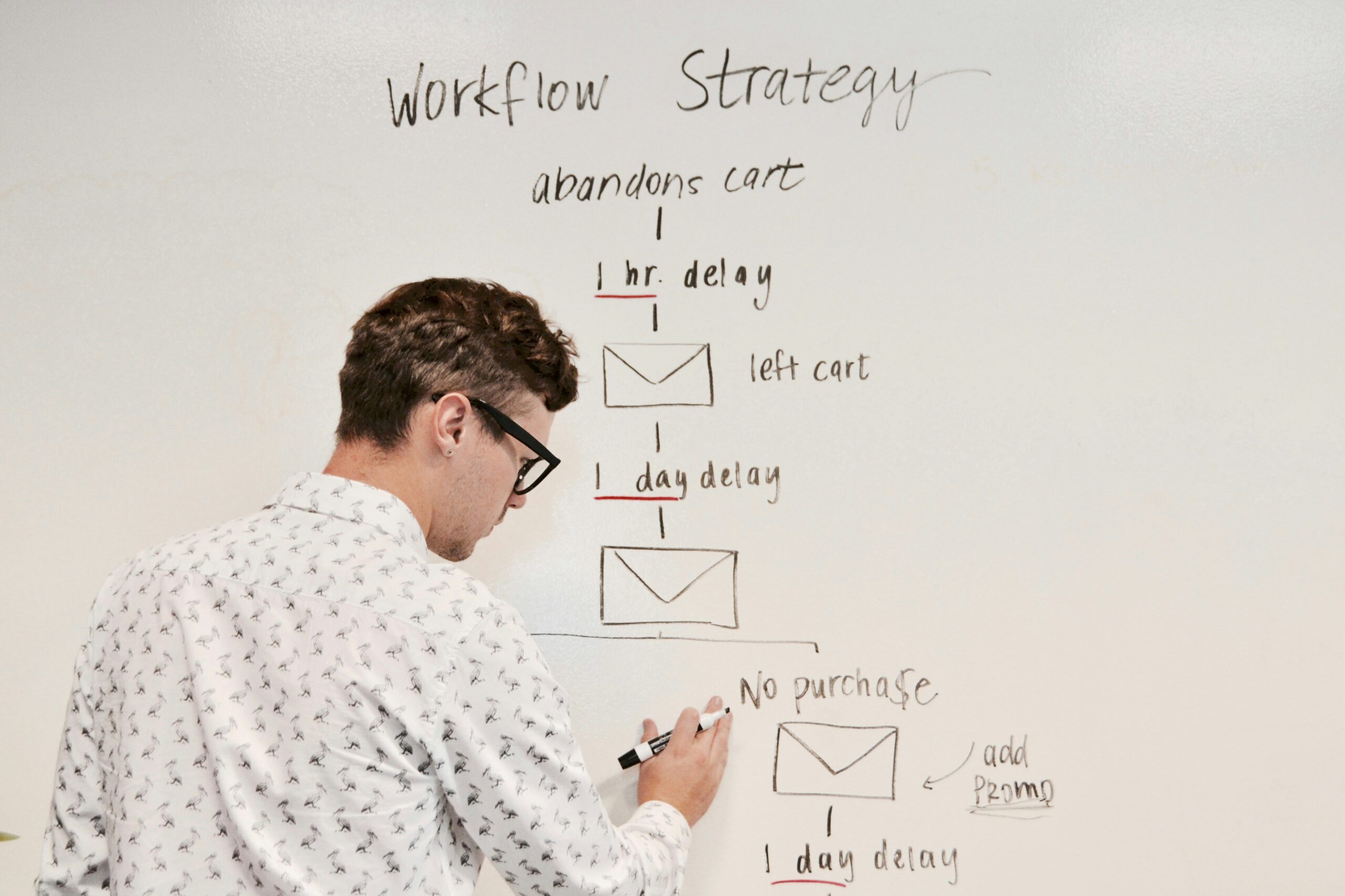The Challenge: Sales Works Ahead – Others Play Catch-Up
In many companies, sales and operations run on different clocks. Sales teams know early on which deals are heating up – but operations only find out once the order is won. That delay creates pressure. Production must react quickly, priorities must be reshuffled, and availability becomes a gamble.
The result: reactive behavior, capacity bottlenecks, and last-minute tension.
The Shift: From Guesswork to Pre-Coordination
Funnel transparency changes that. Once other teams can access structured sales data – ideally with stage definitions and estimated close dates – they can anticipate what’s coming, long before the order is official.
Instead of waiting for a purchase order, operations might already know:
- Which machines could be needed in the next quarter
- Which parts to keep in reserve or order in advance
- Where to begin preparing documentation or BOM structures
And they don’t need another meeting to find out. The information is already visible – structured, centralized, and stage-gated.
This doesn’t mean overcommitting or allocating resources prematurely. It means preparing with foresight.
Why This Matters Across the Business
When different departments work from with the same sales structure, the benefits extend far beyond smoother production. Funnel transparency supports:
- Capacity planning: Understand where demand is forming – and when
- Forecast accuracy: Improve material flow, shift planning, and workforce allocation
- Cross-team trust: Reduce last-minute surprises and fire-fighting
It also enables better communication without extra effort. Instead of explaining one-on-one what’s coming, sales can simply point to the funnel. Teams can check it themselves – with full context and shared terminology.
What to Do: Make the Funnel a Shared Interface
To turn funnel visibility into operational value:
- Ensure all departments have access to the same funnel view
- Standardize definitions for key stages like “Evaluate” or “Decision”
- Encourage production, supply chain, and finance teams to check the funnel during their own planning cycles
- Add expected order dates to relevant opportunities to support forward planning
When this works, the organization moves from reacting to collaborating. Sales becomes not just a generator of revenue – but a source of clarity for everyone else.
Because when funnel data is accessible and meaningful, it doesn’t just describe what might happen. It helps the business prepare for it.
Still surprising your operations team with last-minute orders?
When your funnel is visible, structured, and shared, planning turns from guesswork into coordination. Aurora enables sales teams to align with operations, production, and finance – by turning pipeline data into actionable foresight.


